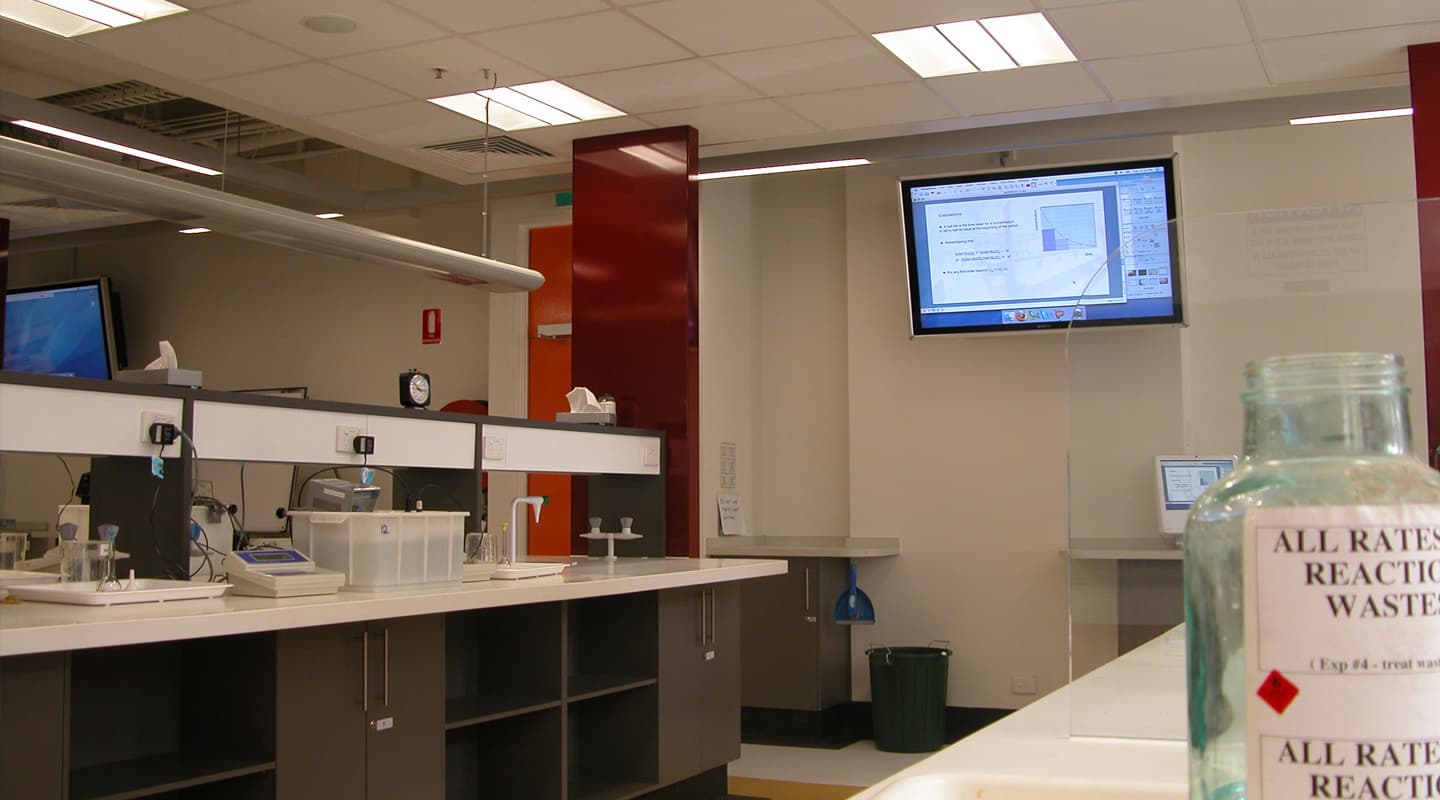
If The Chemistry Is Right
No need to dodge flying dusters.
Text:/ Christopher Holder
If ever a couple of photos demonstrates the radical changes in education then flick quickly overleaf.
Exhibit A (in black & white): a chemistry lecture theatre with a pull-down blackboard, an overhead projector and a slide projector. And as for the pre-war seating? My backside is feeling sore just thinking about at them. This is one lecture theatre where you half expect a Francis Crick-type to wander in muttering inanities about ‘double strands’ or some such… but amazingly this picture dates all the way back to early last year!
Exhibit B: Now witness the spanking new Chemistry Learning Lab. What a transformation! Students sit eight to a ‘pod’, each equipped with a screen, a document camera, and the ability to plug in a laptop for internet access and information sharing. Meanwhile, the lecturer has run of the room with a phalanx of 52-inch Sony Bravia X Series LCDs, and an AMX Net Op system that allows him/her to monitor students’ progress.
NO NEED TO LECTURE
Impetus for the new room and the new approach to learning came from Associate Professor of Chemistry, Peter Tregloan: “Previously, first-year chemistry students would attend a weekly problem-solving class. Generally, these were held in small lecture theatre (like you see pictured), and, not surprisingly, these classes turned into small lectures. Engagement, discussion and interaction were all difficult in that environment. With the refit we’ve sought to provide an environment that encourages more collaboration and discussion. So now the active learning is far more active, while before it was a case of ‘watch me as I show you what you should learn’.”
Delighted with the results and feedback from the Learning Lab transformation, the Chemistry School at Melbourne has set about making changes to other classrooms. Most recently, the first-year chemistry labs have been decked out with the Sony 52-inch hi-def GXD-L52H1 LCDs (supplied by Soundcorp). These screens, some 14 in all, fulfill two purposes. Eight are for presentation purposes, where the tutor can spark up an iMac, and load up a Powerpoint presentation to demonstrate an experiment. The demonstrator talks over the Powerpoint presentation, stopping and starting the visuals as and when applicable. The new technology has some obvious advantages over a whiteboard. A high standard of presentation is all but assured and the details of the procedure are just as visible to each and every class member.
In addition to the presentation screens there are a further six 52-inch Sony LCD panels in a digital signage capacity — ‘Wear Your Goggles’, ‘Science Ball Tickets on Sale Now’… the screens (configured into two zones of three screens each) are fed via a laptop input or document camera with oversight from an AMX control system.
I spoke to Melbourne Uni’s Carlo Sgro (a senior on-campus IT tech), the job’s consultant Nikesh Kapadia from CHW Consulting, and Andrew Memmolo from the integrator, Spaceage Communications.
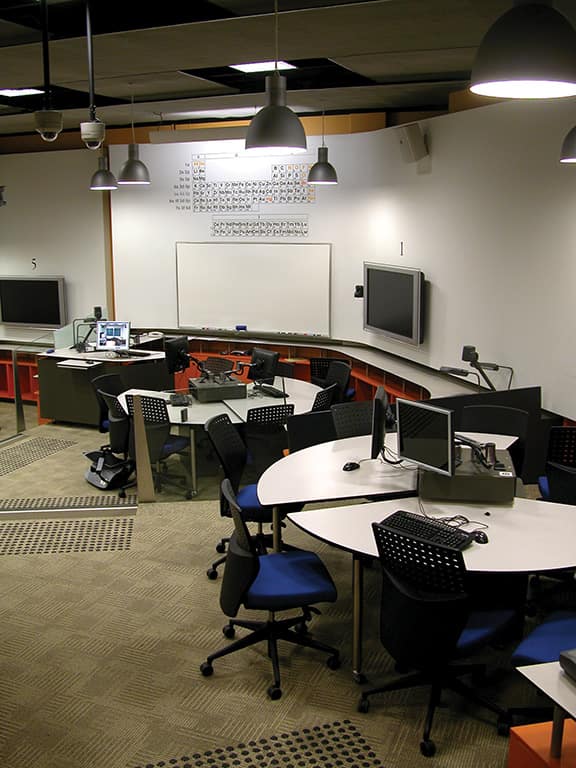
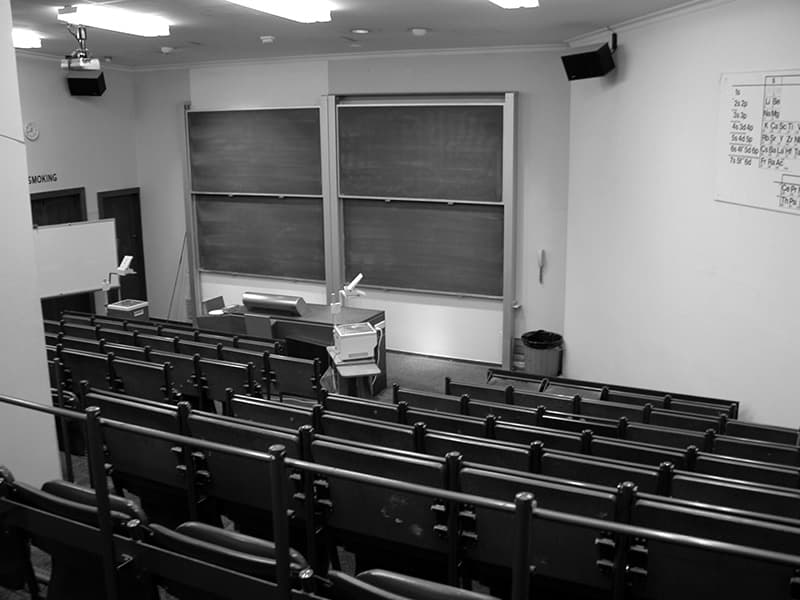
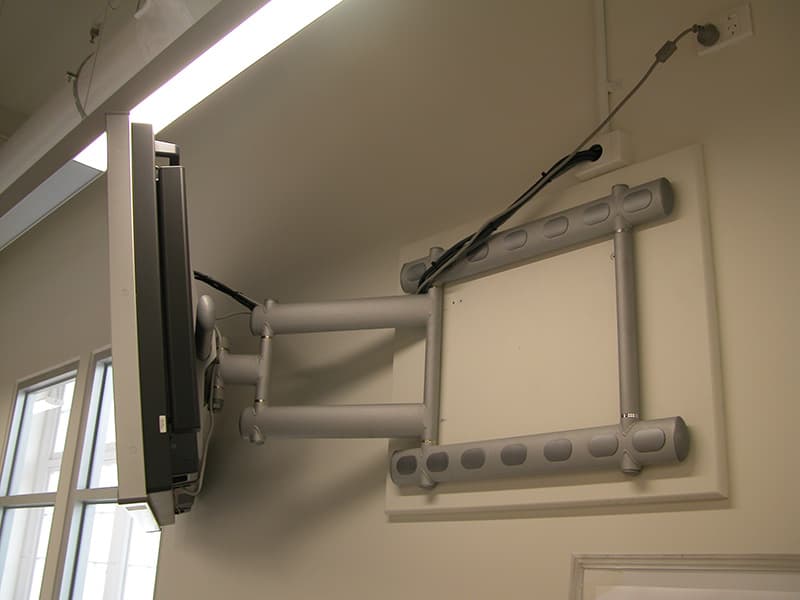
LABATORY ASSISTANCE
AV: Why the hi-def screens?
Carlo Sgro: None of the sources are hi-def, but I was trying to futureproof the job — things will be going hi-def shortly. The Sony screens have other advantages. For example, there’s a protective layer applied to the screens, which is a real advantage — mysterious substances can accidentally find themselves flying across the room.
AV: And how have you configured the screens’ I/O?
Nikesh Kapadia: These Sony screens allow you to specify the cards. We needed an additional BNC card, and we’ve got a Cat5 card to connect up the screens to the AMX control system. The cards are easily inserted, and if something happens to go wrong then they’re just as easily swapped out.
AV: They’re a good looking screen…
Nikesh Kapadia: Yes, and they’ve got discrete speakers tucked in behind the screens. So, from the front, all you see is a nice thin bezel but the facility for audio is there without any further effort.
AV: And they’re some serious looking brackets.
Carlo Sgro: Finding the right brackets was a challenge. The needed to hold the weight (around 60kg) and provide freedom of movement. They’re from Premier Mounts — very sturdy and the cable management is excellent.
AV: Was the integration smooth sailing Andrew?
Andrew Memmelo: I don’t think any integration is easy — we had to wait a period for AMX to talk to the Sony Screens, and the cards for the screens were late in coming — but we managed to get everything programmed and running on time.
AV: Is the AMX control system working hard?
Andrew Memmelo: In this case it’s used more in a basic power management capacity and to improve the ease of use for the client. Saying that, the AMX RMS system allows Melbourne Uni to monitor the usage of the room and the screens — so there’s a management aspect to the system as well.
CHW Consulting: (03) 9670 0878 or www.chwconsulting.com.au
Spaceage Communications: 1800 032 482 or www.spaceage.com.au
Soundcorp: (03) 9694 2600 or www.soundcorp.com.au


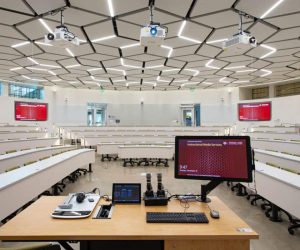
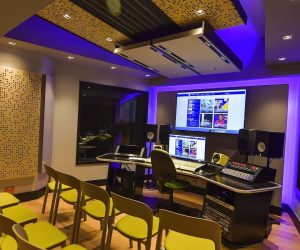
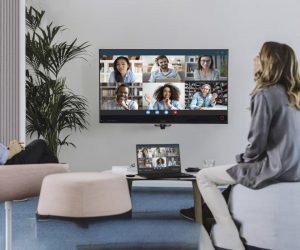



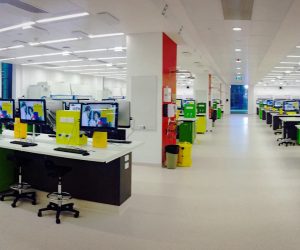
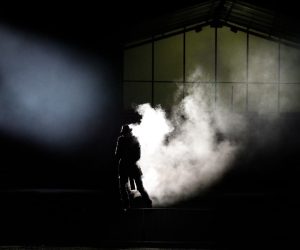

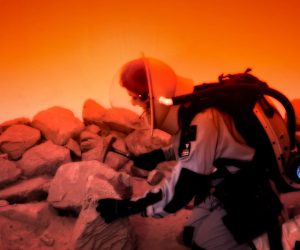
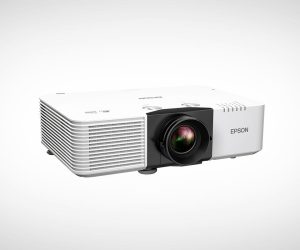
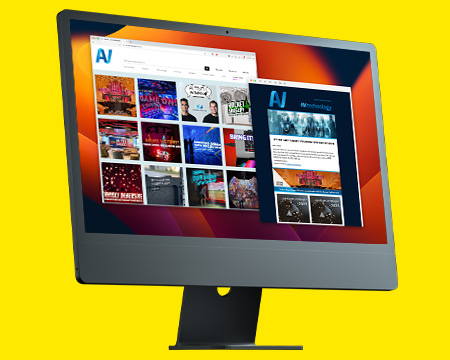

RESPONSES